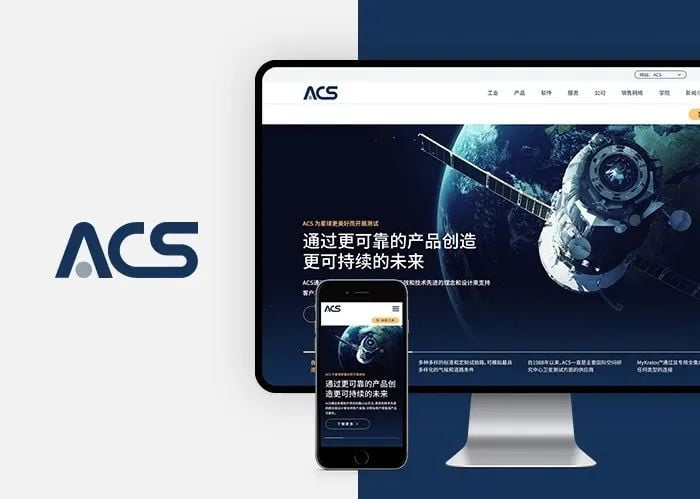

In today’s interconnected world, businesses seeking to broaden their global reach understand the value of reaching diverse audiences. Among the several markets, China, with its economic power and large consumer base, stands out as an appealing destination for international businesses.
However, successfully entering this rich market requires more than just translation; it necessitates a strategic and thorough approach to creating Chinese content. In this piece, we’ll look at the importance of content production and localization in China and why it’s necessary for market success.
Common Sense Advisory evaluated eleven countries with a strong Internet economic presence. The results indicated that consumers favored consuming content in their mother tongue. Approximately 75% of consumers purchase products in their native language in regions such as Brazil, China, and Japan. This research emphasizes the necessity of personalizing information for the Chinese audience, allowing firms to interact with and engage Chinese consumers effectively.
Localization in China goes beyond translation and takes into account five essential levels.
Understanding the reading habits of the target audience
Understanding the target audience’s reading habits: Creating content that effectively captivates and engages Chinese consumers requires a thorough understanding of their reading habits and interests. For example, the language and tone used in content intended for young women looking for beauty products will differ significantly from those utilized when targeting IT specialists searching for cloud services or scientific researchers searching for biochemical reagents.

Selecting the correct Chinese terms
When translating from English to Chinese, it is crucial to carefully choose the most suitable Chinese terms, considering that a single English word can have multiple variants in Chinese. Dealing with the issue of different versions of keywords, where the Chinese translations of an English word may differ, calls for a thorough evaluation of factors such as the context of the text, unique selling points of the business, and the popularity of different keyword variations.
The content can effectively reach its intended audience by making well-informed decisions about core keyword translations. For instance, paying close attention to verb tenses is essential when translating from English to Chinese, as Chinese does not naturally indicate verb tenses.

Understanding cultural nuances
Considering them when communicating with a Chinese audience is essential. Understanding the connection between language and culture is crucial to avoid misunderstandings or unintentional offenses. Chinese communication often prioritizes politeness and indirectness over casual and straightforward expressions. In addition, the vastness and variety of Chinese culture call for a content creation strategy tailored specifically for the Chinese audience, as what may be effective in one region may have a different impact in another. For example, the connotations of colors, symbols, and idiomatic expressions may vary between China and the West.

Adherence to regulations
Understanding and complying with China’s distinct regulatory requirements in the media, technology, and healthcare industries is crucial. Not adhering to these guidelines when translating content can lead to legal consequences or a failure to comply. Embracing content localization in China requires a comprehensive understanding and strict adherence to the applicable laws and regulations to provide a smooth experience for businesses and consumers.

Correct Website Localization
Effective content localization for China involves effectively managing Baidu SEO. Direct translations of keywords and phrases must accurately reflect the commonly used terms among Chinese internet users. Localization requires thorough keyword research and the creation of content that matches local search trends. This helps improve discoverability and drive more traffic to your website.

Case studies
ACS
ACS is the main brand of Angelantoni Test Technologies, one of the Angelantoni Industries Group companies. With its 3 production plants in Italy and 4 foreign sales and service branches, Angelantoni Test Technologies is one of the world leaders in the manufacture of simulated environmental test chambers.

Scope:
- User Experience
- Design localization from China
- WordPress-based content management system
- Chinese search engine optimization
- Maintenance
SPT Labtech
SPT Labtech’s aim is to offer pioneering, high-caliber solutions to the life sciences industry. SPT Labtech focuses on the creation, design, manufacture, and support of robust, reliable, and easy-to-use instrumentation, including cell-based screening, sample management, liquid handling, and the management of analytical automation.

Scope:
- Website design localization for China
- WordPress-based development
- Chinese search engine optimization
- Website maintenance
Partner with us
For effective content creation in China, it is essential to have a thorough understanding of Chinese culture, preferences, and regulations. This will help in crafting content that genuinely connects with the target audience.
By investing in a comprehensive localization strategy, businesses can establish strong connections, build trust, and succeed in highly promising global marketplaces. Keep in mind that it’s not just about being able to speak the language, but instead effectively communicating in the cultural context.
Contact Flow today to use our specialized Chinese content creation services to help you succeed in the Chinese market.





